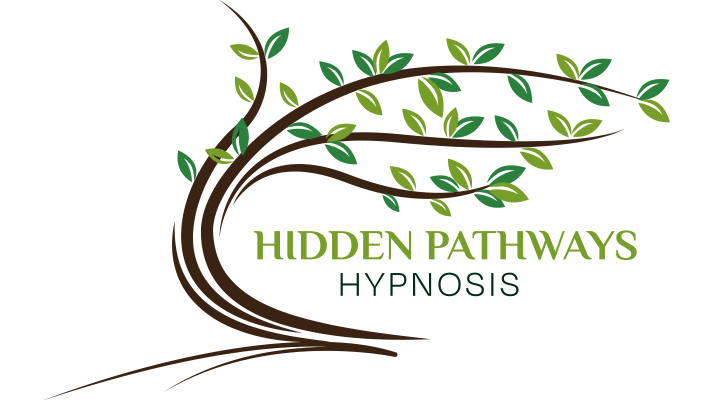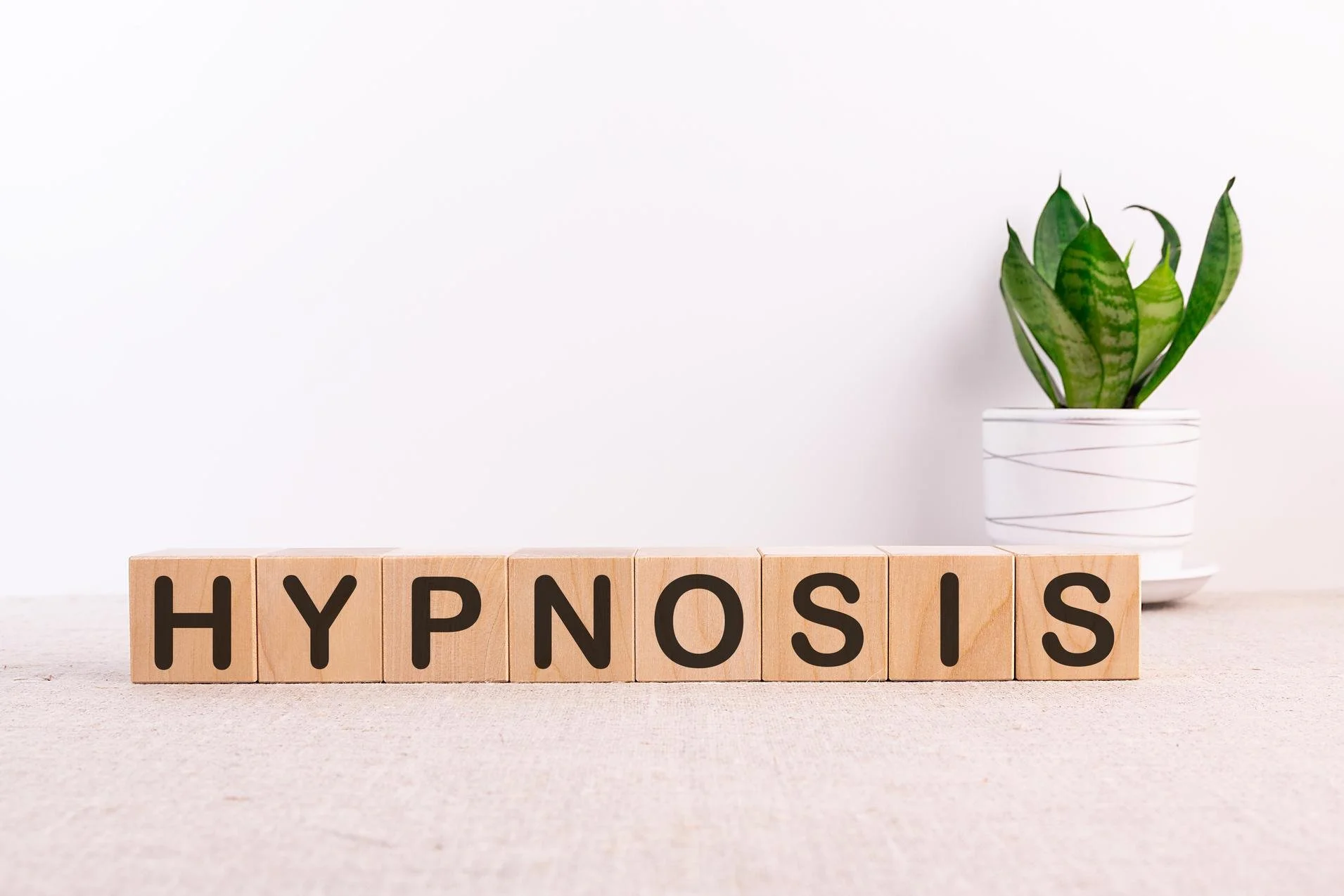Seasonal Affective Disorder
Yes, it is a real thing for millions of people across the world. For those of us that live in the Pacific Northwest, it is something that is something we see in our friends and co-workers for five months of the year. While the PNW is a beautiful place to live, it has a serious drawback…overcast skies with almost constant drizzle from November all the way into March.
It is said that if you don’t do things in the rain, you don’t do anything at all if you live here. For many people, that is true and it leads to S.A.D. We all found out during Covid that humans are not designed to be isolated for long periods of time. That is exactly what happens when the wet, gray winter sets in here.
Seasonal affective disorder is a type of depression that occurs in late fall and winter that has to do with the lack of sunlight. For instance, I leave for work at four thirty in the morning in the dark. I leave work at two pm and not only is it grey, the sun has already peaked and is starting to fade. I get home and see clients from three thirty to six thirty and the sun sets between four and four thirty.
I leave in the dark, and I finish in the dark, and I have about one hour of faded light in the middle. That is the norm here. Living in the dark messes up our circadian rhythm and it affects both our physical and mental health. You could say that we get the Cascadian rhythm and it isn’t very healthy.
This clock regulates multiple bodily processes and is influenced by the day-night cycle. When we disrupt our circadian rhythm, it affects the brain regions involved in mood, along with causing fatigue and low energy from lack of sleep.
Many of my consultations at this time of year follow along this line, “I don’t know why I have started feeling tired and depressed lately. When I ask them when they started feeling this way, it almost always correlates with the change to our shorter fall days.
Something else I have found in my clients is that there is usually an underlying cause already in place, and dark dreary days amplify or bring those issues to the surface. Sometimes it is just the sheer amount of stress in our daily lives that gets amplified by the dark days that pushes us over the edge. Either way, there are things that you can do to deal with this disorder.
Bright Light Therapy
Light therapy is the go-to treatment for seasonal affective disorder. It involves exposing yourself to a light box with at least 10,000 lux for at least 30 minutes. Sitting with a bright light, specifically a light with normal daylight frequencies, helps correct the normal circadian rhythm. It also helps stimulate serotonin, which is critical for balancing mood and brain function.
You can incorporate light therapy into your daily schedule. Position the light at your desk in such a way that it isn’t directly in your eyes and allows the bright light to shine on you. You can do the therapy at any time of day. Doing it in the morning will increase your energy levels all day.
Sleep
The lack of sunlight from shorter winter days can disrupt our internal clocks that tell us when it’s time to be awake and when it’s time to wind down. The disrupted sleep schedule can cause insomnia and excessive daytime sleepiness.
Get ready for bed an hour before you actually lay down. Turn off TV’s, cell phones and other electronics that disrupt the relaxation process. These devices also have bright lights that disrupt the day/night cycle that we are trying to recreate. Try to establish a routine where you are winding down and going to bed at a regular time. All this helps stabilize the day/night cycle.
Meditation
Meditation is a very powerful practice that can help deal with Seasonal Affective Disorder in several ways. Meditation in the morning can help you feel energized throughout the day. It is also a powerful way to deal with the depression and negativity that comes with the short daylight hours. It can be combined with light therapy in the morning to create a feeling of wellness and positivity that will carry you through the day.
Meditation in the evening is a perfect way to wind down and prepare for bed. It allows the mind and body to slow down and get into either an alpha or theta brainwave state that leads directly to delta, which for most people is the sleep state. Additionally, it allows the body to completely relax which stimulates its natural healing processes.
Seasonal Affective Disorder is a real issue for many people that live in parts of the world that experience shortened daylight hours. Fortunately, there are things you can do to help mitigate its affect on you.
If you find that trying these things doesn’t help or only helps marginally, there might be something deeper that is triggering this disorder in you. If you think this could be the case, hypnotherapy can help you deal with those issues and help you avoid the problems related to Seasonal Affective Disorder.
If you are one of the many people affected by Seasonal Affective disorder, you can find out if hypnotherapy can help you by scheduling a free consultation at www.hiddenpathwayshypnosis.com.



